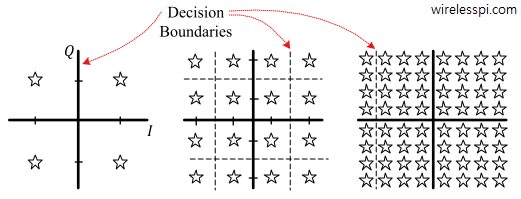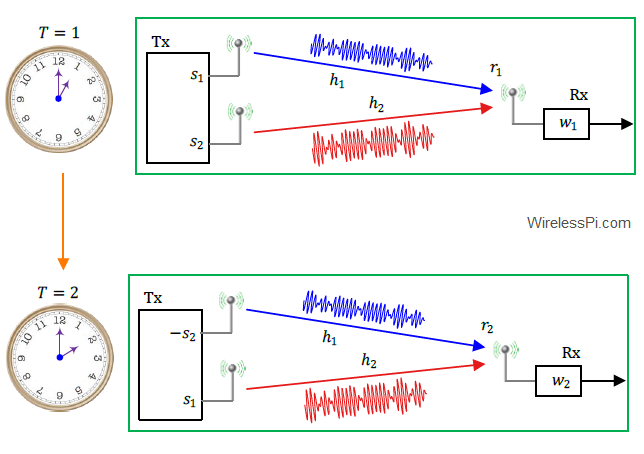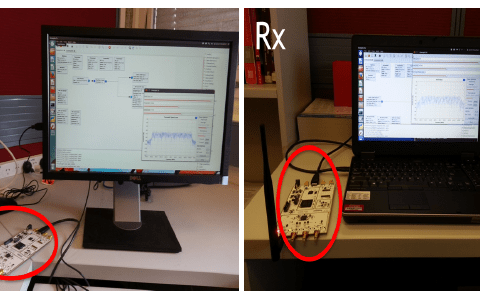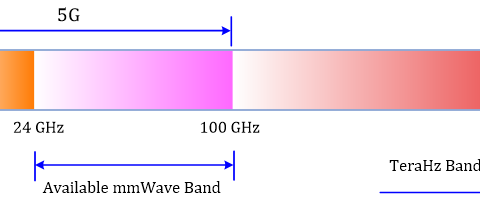Quadrature Amplitude Modulation (QAM) is one of the most spectrally efficient modulation schemes. This is why it is used in a wide range of digital and wireless communication systems.
Recently, Ref. [1] describes a list of QAM schemes used in the standards as below which I think can be useful for an interested reader.
| Standard | QAM Alphabet Size $M$ | Bits/Symbol $\log_2 M$ |
| Digital Video Broadcasting – Cable (DVB-C) | 16 to 256 | 4 to 8 |
| Digital Video Broadcasting – Cable 2 (DVB-C2) | 16 to 4096 | 4 to 12 |
| Digital Video Broadcasting – Terrestrial (DVB-T) | 16 and 64 | 4 and 6 |
| Digital Video Broadcasting – Terrestrial 2 (DVB-T2) | 16, 64 and 256 | 4, 6 and 8 |
| Ultra-High Capacity Microwave Backhaul Systems | 2048 | 11 |
| IEEE 802.11n | 16 and 64 | 4 and 6 |
| IEEE 802.11g | 16 and 64 | 4 and 6 |
| IEEE 802.11ac | 16, 64 and 256 | 4, 6 and 8 |
| IEEE 802.11ad | 16 and 64 | 4 and 6 |
| IEEE 802.11af | 16, 64 and 256 | 4, 6 and 8 |
| IEEE 802.11ah | 16, 64 and 256 | 4, 6 and 8 |
| IEEE 802.11ax | 16, 64, 256 and 1024 | 4, 6, 8 and 10 |
| IEEE 802.11ay | 16 and 64 | 4 and 6 |
| CDMA 2000 1x EV-DO | 16 | 4 |
| Release 7-UMTS/HSPA TR 25 999 | 16 and 64 | 4 and 6 |
| Release 8-LTE TS 36.211 | 16 and 64 | 4 and 6 |
| Release 10-LTE Advanced TS 36.300 | 16 and 64 | 4 and 6 |
| Release 14-LTE Advanced Pro TS 36.306 | 16, 64 and 256 | 4, 6 and 8 |
| Release 15-5G Support TS 36.331 | 16, 64, 256 and 1024 | 4, 6, 8 and 10 |
| Asymmetric Digital Subscriber Line | Up to 32768 | 15 |
From the above numbers, observe that the general trend is to push the limits of QAM size although transmission of each extra bit requires doubling the number of constellation points. The relation is not linear, it is logarithmic and this is why the law of diminishing returns sets in as we go higher up.
References
[1] P. Singya et al., A Survey on Higher-Order QAM Constellations: Technical Challenges, Recent Advances, and Future Trends, IEEE Open Journal of the Communications Society, Vol. 2, March 2021.



